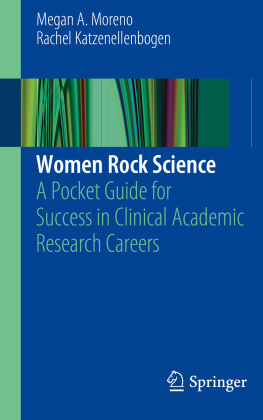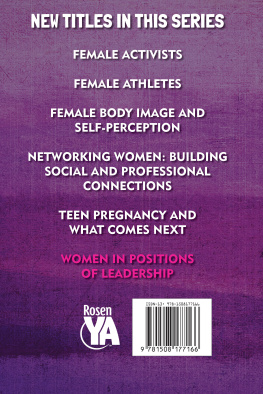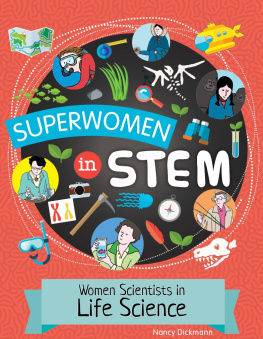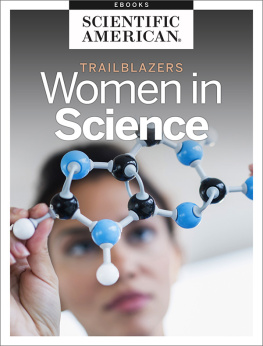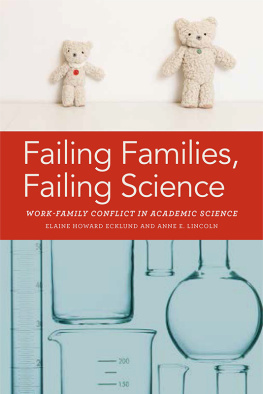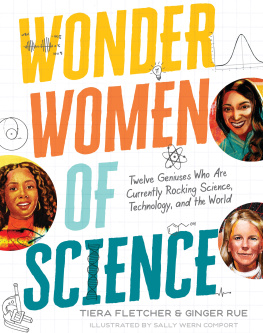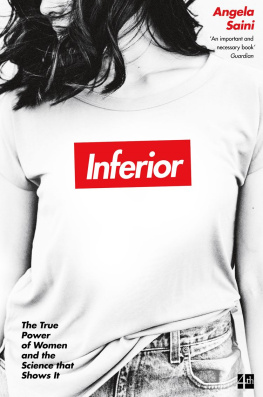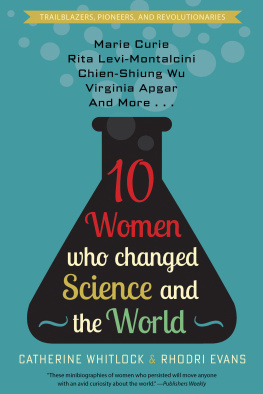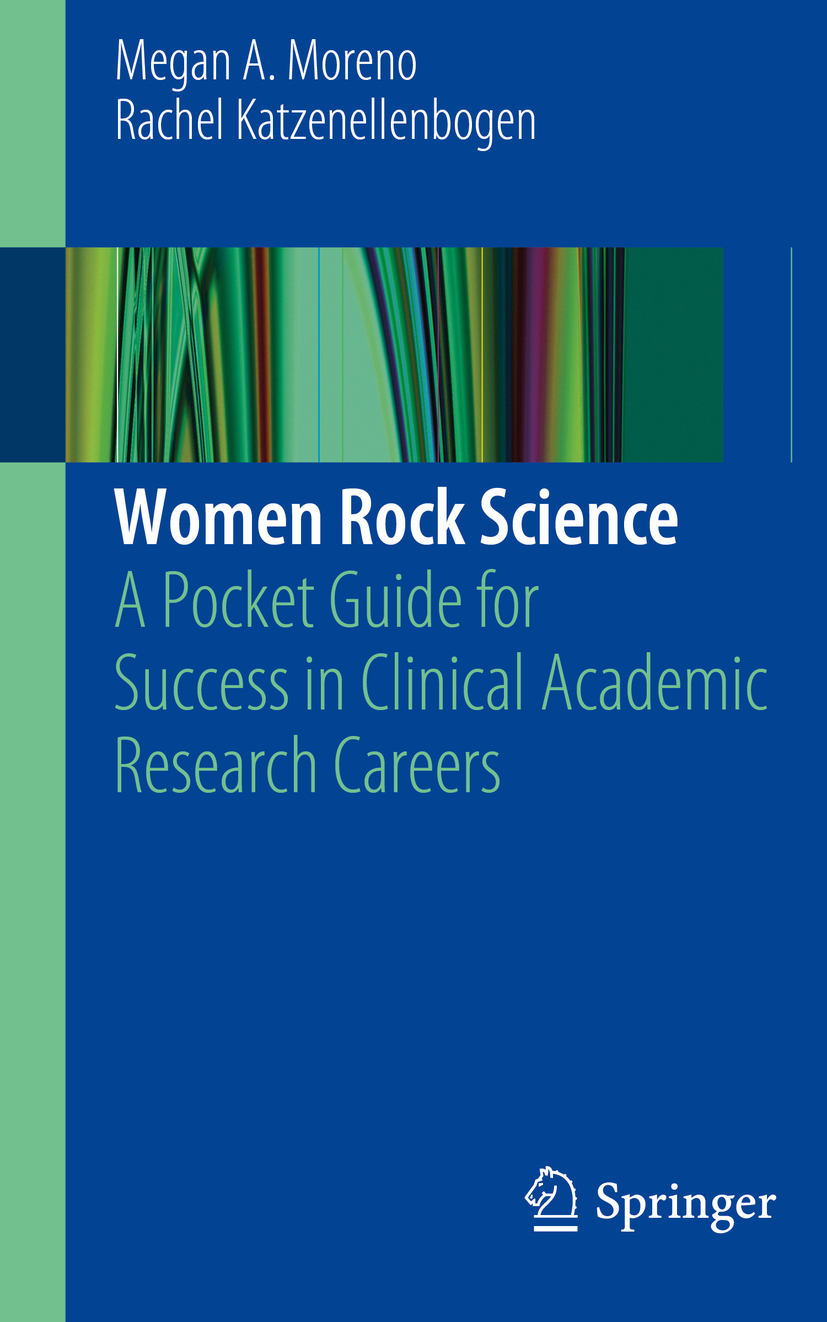Megan A. Moreno MD, MSEd, MPH
Professor of Pediatrics, Vice Chair for Digital Health, Academic Division Chief: General Pediatrics and Adolescent Medicine, University of Wisconsin-Madison, Madison, WI, USA
Rachel Katzenellenbogen MD
Associate Professor of Pediatrics and Microbiology and Immunology, Indiana University School of Medicine, Riley Hospital for Children, Indianapolis, IN, USA
ISBN 978-3-030-10497-9 e-ISBN 978-3-030-10498-6
https://doi.org/10.1007/978-3-030-10498-6
Library of Congress Control Number: 2018965745
Springer Nature Switzerland AG 2019
This work is subject to copyright. All rights are reserved by the Publisher, whether the whole or part of the material is concerned, specifically the rights of translation, reprinting, reuse of illustrations, recitation, broadcasting, reproduction on microfilms or in any other physical way, and transmission or information storage and retrieval, electronic adaptation, computer software, or by similar or dissimilar methodology now known or hereafter developed.
The use of general descriptive names, registered names, trademarks, service marks, etc. in this publication does not imply, even in the absence of a specific statement, that such names are exempt from the relevant protective laws and regulations and therefore free for general use.
The publisher, the authors, and the editors are safe to assume that the advice and information in this book are believed to be true and accurate at the date of publication. Neither the publisher nor the authors or the editors give a warranty, express or implied, with respect to the material contained herein or for any errors or omissions that may have been made. The publisher remains neutral with regard to jurisdictional claims in published maps and institutional affiliations.
This Springer imprint is published by the registered company Springer Nature Switzerland AG
The registered company address is: Gewerbestrasse 11, 6330 Cham, Switzerland
Preface
If you are a woman in clinically relevant science, we wrote this book for you. This includes MDs, such as physician scientists or physician educators doing research alongside teaching and clinical work. This includes PhDs or masters level scientists, doing work that will improve peoples health and our understanding of disease. All of you may be bench scientists, health services researchers, or medical education research fanatics. You may do research in lab coats, scrubs, jeans, or tutus (just kidding on the tutus, though that would be cool). You may have large teams backing you up or fly solo in most of your work. In all of these cases, we wrote this book for you. This book centers on ways to think about rocking your science and being part of the larger community of women scientists.
We had a few motivations in writing this book. One motivation was we noticed when reading other texts that provided strategies and advice about scientific careers, the pronouns were typically male, and the case studies were usually focused on male scientists (unless talking about cases of women scientists struggling to balance career and child-rearing). Another motivation was the tremendous growth in the scientific and business literature on women and leadership. There are data that illustrate particular strategies for leadership and organization centered in areas that many women already have as strengths. We wanted a book with female pronouns and a book that honored the unique contributions and strategies that women can use in contributing to science. However, our goal was not to exclude those who do not identify as female. If you are reading this book and belong to another gender category, we are thrilled to have you along.
How to Use This Book
We suggest that it may be helpful to read, or skim, this book as a whole the first time through. The book is organized in a purposeful manner, as you will learn in chapter has short case studies, illustrating ways to approach the necessary skills you will need to grow as a researcher throughout your career.
We welcome you to refer back to these chapters at different stages or when facing different experiences throughout your career. Chapter , we invite you to reread the earlier chapters as you become a mentor to junior scientists and want to center your advice and insights on their current issues.
How to Use Each Chapter
Each chapter begins with learning objectives to clarify the information we hope you will get from your reading. Throughout the chapter, we wanted to include a balance of evidence, advice, strategies, and voices from other women scientists. Therefore, you will note callout sections in each chapter. One callout is called Lessons from the Lab . This is a section in which we, as your authors and tour guides, share a little of our personal experiences. In another callout section, Meaningful Moments , we share pearls of wisdom, often from senior scientists in the field that we would consider role models. For each of these callouts, we credit the woman who was generous in sharing her reflections. We also highlight three Stories in this book from women whose career paths have been winding and fruitful. Finally, in the section Women at Work , we share real-life situations of women we have known, with details changed to protect the innocent (and guilty). These sections are intended to highlight successful strategies and challenging situations.
Each chapter ends with take-home points we hope you will carry with you, as well as suggestions for homework . Yes, homework. Studies have shown that you learn more when you directly apply what you have learned; we wanted to provide some suggestions on direct application of content in each chapter. Some people may find it helpful to consider this true homework, while others may choose to think of it as extra credit.
At the end of the book, we include references and resources . There are many great resources out there, and we highlight the ones linked to the content in and topic of each chapter.
Embrace Curiosity
We hope you will enjoy and benefit from this book, and it will spur you to continue to be curious about the process of rocking your science. We hope this curiosity will inspire you to continue to grow and learn your science, as well as continue to pursue learning about the experience of being a woman scientist. We wrote this book inspired by our own curiosity. What we would learn? What could we share? And even, can we do this? And with this spirit of inquiry and curiosity, we share our first Meaningful Moments quote:
Meaningful Moments
The characteristic that has been the most powerful and sustaining in my career has been curiosity. It has been the driver in both my clinical and research work. I like to understand and learn things about clinical conditions and understand or be able to explain (teach) as best as possible how things work together. For example, my interest in acute sinusitis in children stemmed from taking care of youngsters with orbital and central nervous system complications of sinusitis. Young children presenting with dramatic swelling and discoloration of the tissues surrounding the eye and teenage boys with fever, altered consciousness, and focal neurologic signs were the stimulus to my interest. I wondered, what did sinusitis look like when it wasnt complicated? Some URIs become complicated by sinusitis but the majority dont. Why is that? How often do complications occur? Some cases of acute sinusitis resolve spontaneously, while others require treatment with antibiotics. Why is that and how can you tell?

